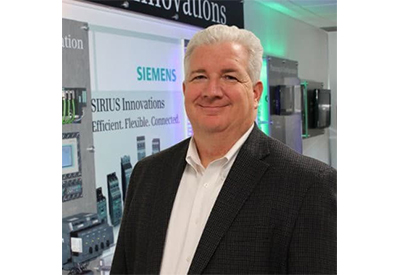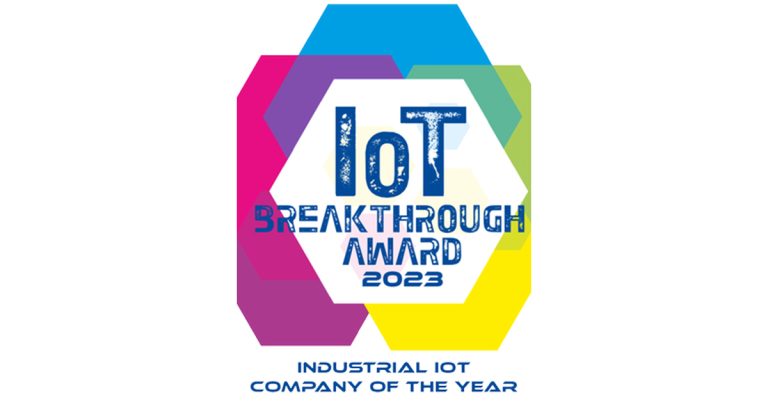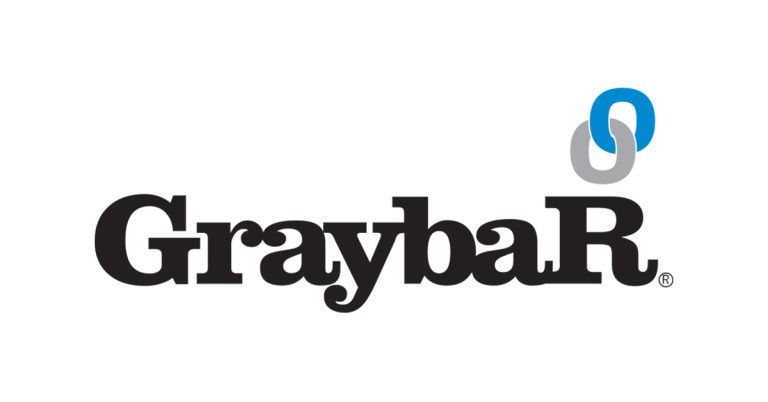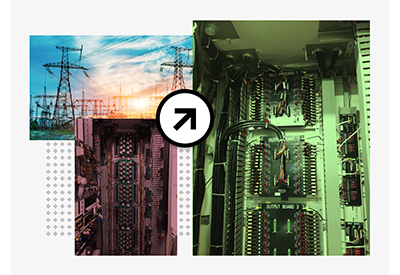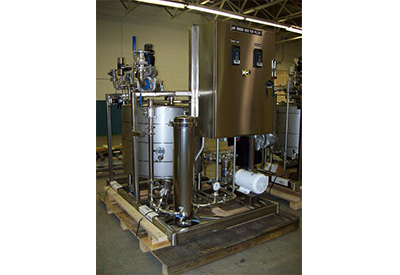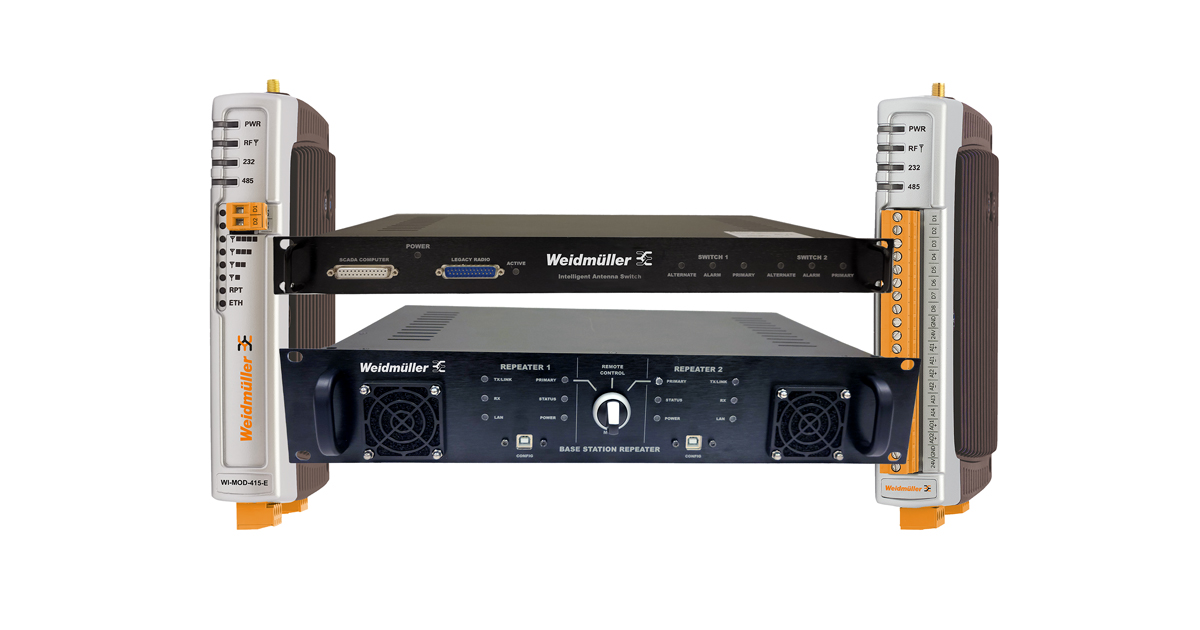Adding Smart Condition Monitoring Sensors to Your PLC Control Systems Delivers Data in Real Time
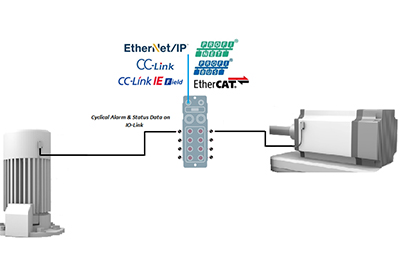
November 10, 2020
Condition monitoring of critical components on machines delivers enormous benefits to productivity in a plant. Rather than have a motor, pump, or compressor unexpectedly fail and the machine be inoperable until a replacement part is installed, condition monitoring of those critical pieces on the machine can provide warning signs that something is about to go terribly wrong. Vibration measurements on rotating equipment can detect when there is imbalance or degrade on rolling bearing elements. Temperature measurements can detect when a component is getting overheated and should be cooled down. Other environmental detections such as humidity and ambient pressure can alert someone to investigate why humidity or pressure is building up on a component or in an area. These measurement points are normally taken by specific accelerometers, temperature probes, humidity and pressure sensors and then analyzed through high end instruments with special analysis software. Typically, these instruments and software are separate from the PLC controls system. This means that even when the data indicates a future potential issue, steps need to be taken separately to stop the machine from running.
Using smart condition monitoring sensors with IO-Link allows these measured variables and alarms to be available directly onto the PLC system in real time. Some condition monitoring sensors now even have microprocessors onboard that immediately analyze the measured variables. The sensor can be configured for the measurement limit thresholds of the device it’s monitoring so that the sensor can issue a warning or alarm through the IO-Link communications channel to the PLC once those thresholds have been hit. That way, when a warning condition presents itself, the PLC can react immediately to it, whether that means sending an alert on a HMI, or stopping the machine from running altogether until the alarmed component is fixed or replaced.
Having the condition monitoring sensor on IO-Link has many advantages. As an IEC61131-9 standard, IO-Link is an open standard and not proprietary to any manufacturer. The protocol itself is on the sensor/actuator level and fieldbus independent. IO-Link allows the condition monitoring sensor to connect to Ethernet/IP, Profinet & Profibus, CC-Link & CC-Link IE Field, EtherCAT and TCP/IP networks regardless of PLC. Using an IO-Link master gateway, multiple smart condition monitoring sensors and other IO-Link devices can be connected to the controls network as a single node.
Through IO-Link, the PLC’s standard acyclic channel can be used to setup the parameters of the measured alarm conditions to match the specific device the sensor is monitoring. The PLC’s standard cyclic communications can then be used to monitor the alarm status bits from the condition monitoring sensor. When an alarm threshold gets hit, the alarm status bit goes high and the PLC can then react in real time to control the machine. This relieves the burden of analyzing the sensor’s condition monitoring data from the PLC as the sensor is doing the work.
![]()

